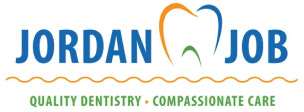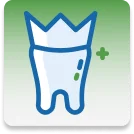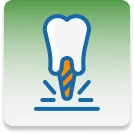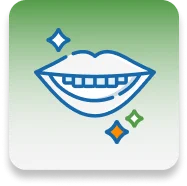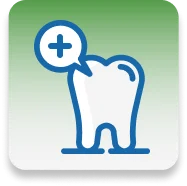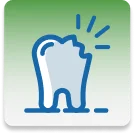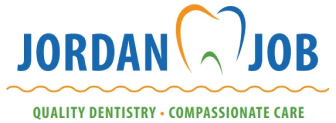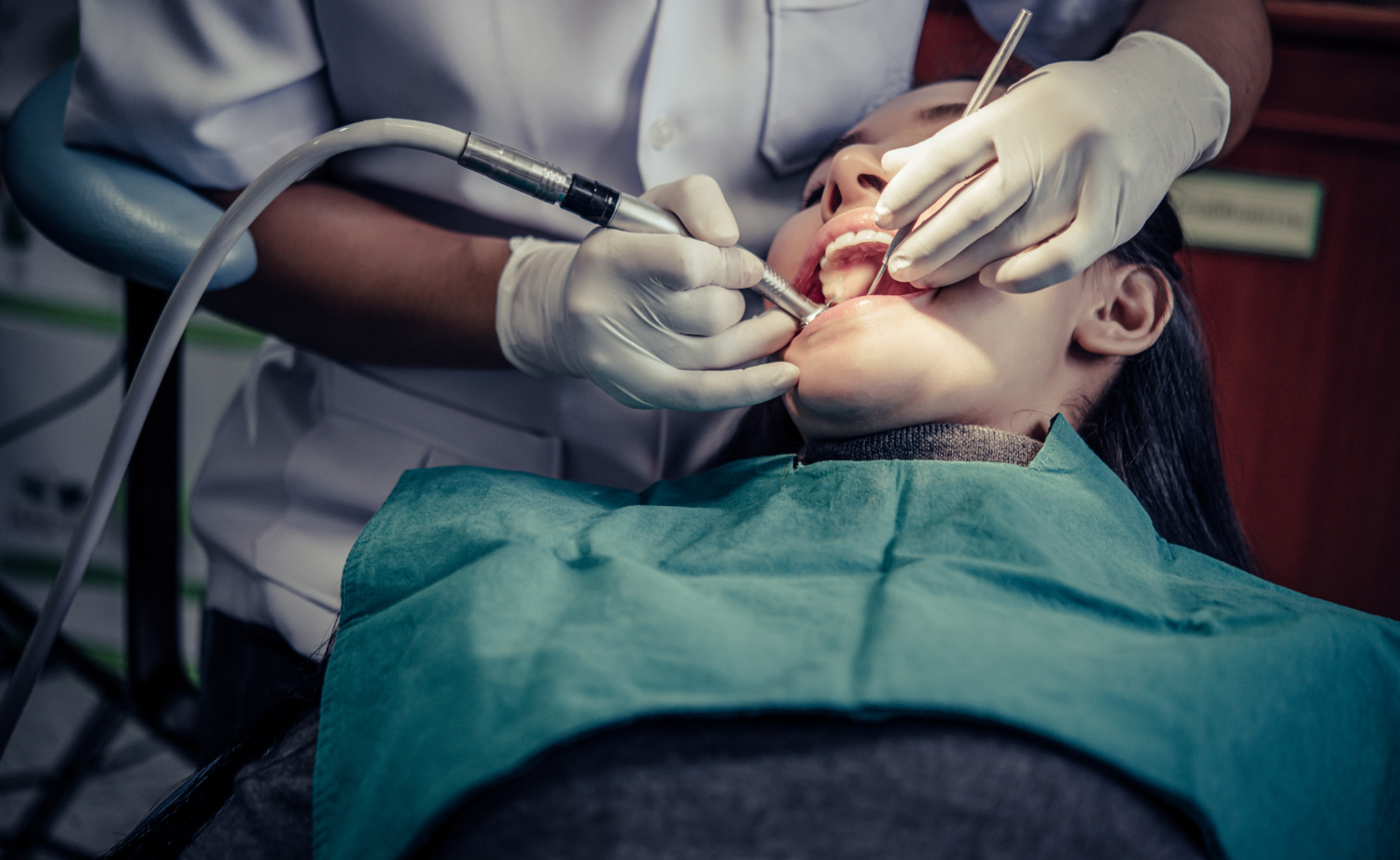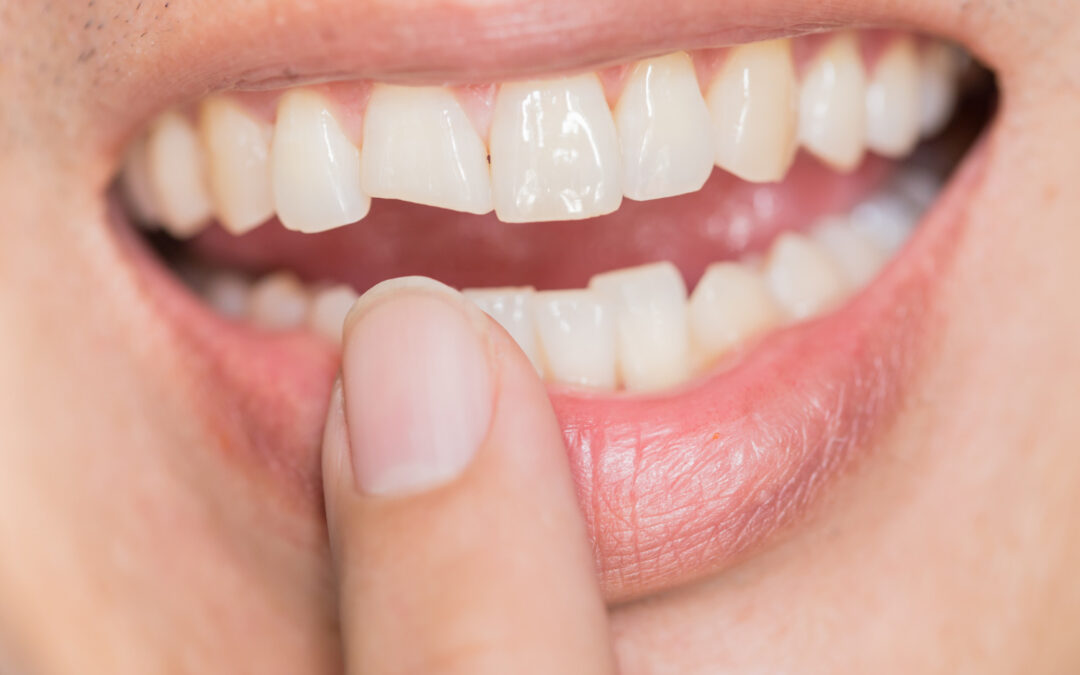Dental emergencies can happen unexpectedly and often require quick thinking and immediate action. Knowing what to do in these situations can make a significant difference in the outcome, whether it’s a knocked-out tooth from a fall or a sudden, severe toothache. Handling a dental emergency can help alleviate pain, prevent further damage, and even save a tooth.
Everyone should be prepared for common dental emergencies. Simple steps like knowing how to preserve a knocked-out tooth or manage pain from a broken tooth can empower you to act confidently when a crisis occurs. Additionally, understanding when to seek immediate professional care versus when at-home remedies are appropriate can save you time and anxiety.
With that in mind, we’re here to discuss practical steps for handling some of the most common dental emergencies. From preserving a dislodged tooth to dealing with lost fillings, we’ll provide the knowledge you need to keep your smile safe and healthy in unforeseen circumstances.
Our goal is to equip you with actionable advice that you can use to manage dental issues effectively until you can see a dentist for further treatment.
Essential Tips for Dental Emergency Preparedness
1. Handling a Knocked-Out Tooth
- Immediate Steps to Take
If you or someone you know knocks out a tooth, acting quickly can increase the chances of saving it. First, carefully locate the tooth and handle it, touching only the crown (the part you chew with) to avoid damaging the root.
If the tooth is dirty, gently rinse it with water, but do not scrub or remove any attached tissue fragments. If possible, try to place the tooth back into its socket and hold it in place by biting down gently on a clean cloth or gauze pad.
- How to Preserve the Tooth
If you can’t reposition the tooth in its socket, keeping it moist is crucial to maintaining its viability. Place the tooth in a container of saline solution if you have it. If saline is unavailable, you can also use saliva by placing the tooth inside your cheek pocket or having the person who lost the tooth spit into a container and submerge the tooth in it. Avoid using plain water for prolonged periods, as it can harm the tooth cells. Seek dental care immediately; time is critical, and the tooth has the best chance of being saved if seen by a dentist within 30 minutes.
- What to Expect at the Dentist
When you arrive at the dentist, they will assess the condition of the tooth and surrounding tissues. If the tooth is intact and hasn’t been damaged too severely, the dentist will clean it and attempt to reinsert it into the socket.
They may also use a splint to stabilize the tooth, attaching it to the adjacent teeth for support while it heals. Follow-up appointments will be necessary to monitor the tooth and ensure proper healing.
2. Managing Toothaches and Pain
- At-Home Pain Relief Methods
Toothaches can be incredibly uncomfortable, but some at-home remedies can help manage the pain until you can see a dentist. Rinse your mouth with warm salt water to reduce inflammation and kill bacteria.
Over-the-counter pain relievers like ibuprofen or acetaminophen can alleviate pain. Applying a cold compress to the outside of your cheek can also help reduce swelling and numb the area. Avoid placing aspirin directly on the gums, as this can irritate the tissue.
Dr. Job has an emergency line where he can be reached after hours. He may be able to see you that same day or call in an antibiotic to start if he cannot see you until the next day.
- When to Seek Emergency Care
While mild toothaches can sometimes wait until your next dental appointment, certain symptoms indicate a need for immediate emergency care. Seek help immediately if you experience severe, persistent pain that doesn’t improve with over-the-counter pain relief, swelling in your face or jaw, fever, or signs of infection like pus or bad breath.
These symptoms may indicate a more serious condition, such as an abscessed tooth requiring prompt treatment to prevent complications.
- Common Causes of Tooth Pain
Understanding the common causes of toothaches can help you address the issue more effectively. Tooth pain may result from cavities, cracked or broken teeth, gum disease, or dental abscesses.
Sometimes, tooth sensitivity caused by worn enamel or exposed roots can also result in discomfort. Identifying the underlying cause is essential for proper treatment, so communicate your symptoms clearly to your dentist during your visit.
3. Dealing with Broken or Chipped Teeth
- Initial Measures to Take
If you break or chip a tooth, rinse your mouth to clear any debris. If there’s bleeding, apply a piece of gauze to the area for about 10 minutes or until the bleeding stops. A cold compress on the outside of your cheek can help reduce swelling and alleviate pain. If a dental cap or crown breaks please save the broken piece.
- Temporary Fixes and Pain Management
For temporary relief, cover the broken or chipped area with dental cement, which is available at most drugstores. We recommend a brand called Dentemp. This can protect the tooth until you see your dentist. Avoid chewing on the affected side and stick to soft foods to prevent further damage. Over-the-counter pain relievers can help manage discomfort. Avoid applying aspirin directly to the tooth or gums, as it can cause tissue damage.
- Treatment Options Your Dentist May Provide
Your dentist will evaluate the extent of the damage and suggest appropriate treatment options. For minor chips, a simple dental bonding procedure may suffice. The dentist will apply a tooth-colored resin to restore the tooth’s shape. For larger breaks, a dental crown might be necessary to protect the tooth and restore its appearance. In cases where the tooth’s pulp is damaged, a root canal may be required to save the tooth.
4. Handling Lost Fillings and Crowns
- What to Do if a Filling or Crown Falls Out
If you lose a filling or crown, try to keep the area clean and avoid chewing on that side of your mouth. Rinse your mouth with warm water to maintain cleanliness. If possible, place the dislodged crown back over your tooth using Dentemp dental cement, which can serve as a temporary adhesive until you see your dentist. Avoid using household glue, as it’s not suitable for dental use and may cause damage.
- Temporary Solutions to Protect the Tooth
Temporary filling materials and dental cement are available at most pharmacies. These can be used to cover the exposed area and offer short-term relief. This temporary fix can protect the tooth from sensitivity and further damage. Soft food is advisable, and avoid placing undue pressure on the affected tooth until your appointment.
- Steps Your Dentist Will Take to Fix the Issue
When you visit your dentist, they will clean the area and assess the condition of the remaining structure. They will likely apply a new filling material if a filling has fallen out. For crowns, the dentist will check if the crown can be reattached or if a new one is necessary. They will use a strong dental adhesive for reattachment or take impressions for creating a new crown.
Elevate Your Dental Care: Emergency Preparedness
Dealing with dental emergencies can be stressful, but knowing the appropriate steps to take can make a significant difference in the outcome. Whether handling a knocked-out tooth, managing a severe toothache, dealing with a broken tooth, or coping with lost fillings and crowns, acting promptly and correctly can help preserve your dental health. Always seek professional dental care as soon as possible to ensure the best results and to prevent complications.
For personalized care and immediate assistance with any dental emergencies in Parma, Ohio, don’t hesitate to contact us at Jordan M. Job DDS. Our experienced team is dedicated to providing compassionate and effective dental care for you and your family. Schedule an appointment or contact us for more information on how we can help you maintain a healthy and beautiful smile!
